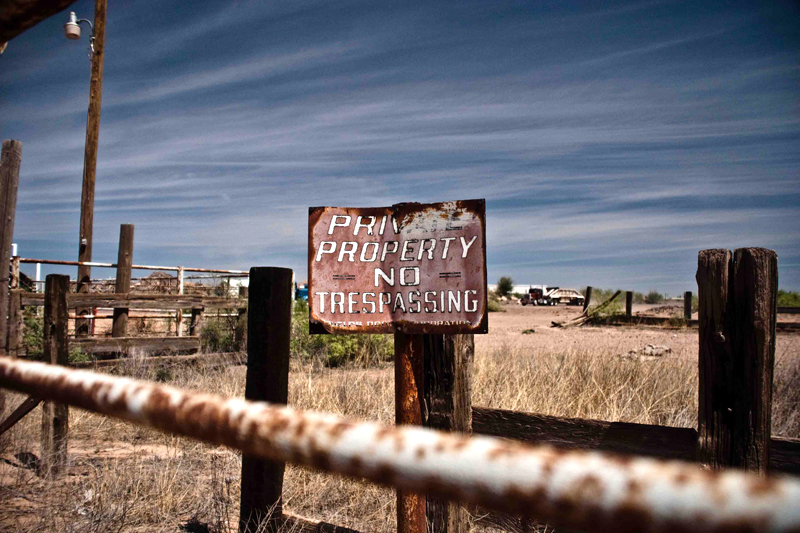
The illegal border crossing from Mexico to the U.S. can be dangerous, expensive and terrifying for thousands of Mexicans walking across the Arizona desert each year. Facing possible sexual assault and death from dehydration, the most devastating turn comes when they are picked up by border patrol and sent back over the border. Rachel Alexander reports from Mexico in a small border town where deportees wait in limbo.
AGUA PRIETA, Mexico–For Mexicans who attempt a border crossing and fail, a bright green building in the Mexican town of Agua Prieta, Sonora is often their first stopping point.
The building’s name—Centro de Recursos Para Migrantes—stands out in black paint above a long list of services offered: phone calls, assistance with transportation, food, basic medical care.
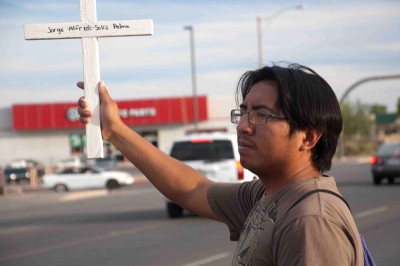
Though it’s not much to look at, the migrant resource center—run by several local churches—is the first stop most people deported from the U.S. make when they’re repatriated to Mexico, if only because they rarely have anywhere else to go.
The center gets by with donations of time and food, and while it’s usually in need of something, supplies are well-stocked. Coffee, water, stale pastries and bean burritos are readily available to anyone who asks. With no beds, the center has to refer migrants to local shelters, where most spend one or two nights before they can get a free bus ticket home from the Mexican government.
Phil Kennedy, the tall, Spanish-speaking American with dirty-blonde hair who runs the Center, said that migrant traffic through Agua Prieta varies substantially from month to month and year to year.
“We used to have hundreds of people a month coming through, and then Border Patrol stopped deporting people through Agua Prieta for about a year,” he said.
Border Patrol is secretive about its operations, so no reason for the switch was given, but Phil suspected that Agua Prieta’s status as a relatively safe border town made it too easy for the deported to attempt another crossing. Traffic picked up again at the beginning of 2012, growing to over a thousand people a month, before slowing to a trickle of only a few migrants per day by the summer.
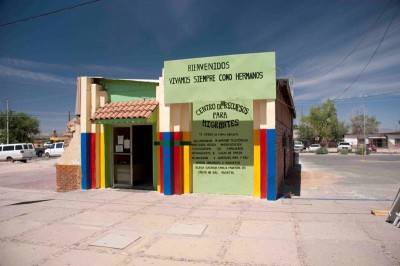
Because Agua Prieta is safer than many border towns, human rights groups have pushed for vulnerable populations, such as women, children and indigenous people to be deported through there, since the risk of them attempting to cross again is perceived to be lower.
It was at the center that I met Ana*, a quiet indigenous woman from Oaxaca who spoke Spanish as a second language. Though only 21, Ana had a three-year-old daughter she couldn’t afford to support. She had left home in search of her husband, who had gone to work in the U.S. nine months earlier and stopped sending money or calling shortly after he arrived.
“Sometimes, men go to the U.S. and forget about their families here in Mexico,” she said.
Ana climbed the border fence in the desert near Agua Prieta, but her group was picked up by Border Patrol less than a day later.
“We walked eight hours, and all for nothing,” she sighed, shaking her head.
Once a predominantly male activity, crossing the U.S.-Mexico border illegally in search of work has become a more female pursuit in recent years. These women are especially vulnerable to sexual assault, so much so that many women begin taking birth control before starting the journey, expecting that they will be raped at some point along the way.
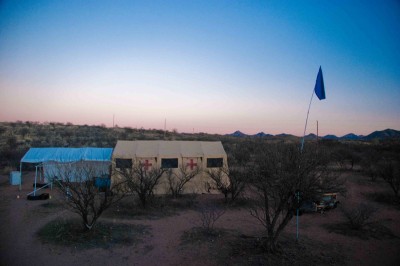
A 2010 Amnesty International Report on Mexican migration estimated that six out of 10 female migrants likely experienced sexual assault in some form, and noted that perpetrators may be guides or state officials, both in Mexico and the United States.
Migrants like Ana who come from states in central and southern Mexico, a few days journey by bus from any border town, are especially vulnerable to exploitation. Between border wall expansion and increased surveillance, the Sonoran Desert of Arizona is one of the few funnel points where migrants are still able to evade detection, at least some of the time. Guides promise safe passage, assuring travelers that the walk to Tucson or Phoenix will only take a few hours and charging thousands of dollars per person for their services.
Many migrants are completely unprepared for the week-long journey and end up dying of dehydration or exposure in the desert. Others will make it safely to el norte and try their best to start a new life without papers.
While it’s nearly impossible to accurately estimate the number or percentage of migrants who slip through undetected, the U.S. Border Patrol reported 327,577 individual apprehensions along the Southwest border in 2011, of which 280,580 were Mexican nationals. It’s this third group of people—people like Ana, who try to cross once and are sent back to Mexico—whose stories are rarely told.
Worry evident in her voice, Ana explained that she’d been traveling with her brother-in-law and father-in-law, both of whom were indigenous and only spoke their native Mixteca. She’d been acting as translator, but Border Patrol split her from her relatives in custody, and she had no way of finding them. With few other options, she said she would try to go back home and find a job, though she wasn’t sure how to make it all work.
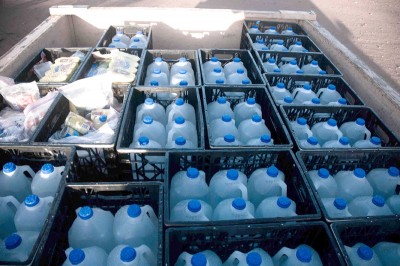
In her town, the prevailing wage rates of 350 pesos a week (about $30 U.S.) made it difficult to pay rent, usually at least 900 pesos a month, while having enough left over to put food on the table. She hadn’t given much thought to where she might work in the U.S., but the thought of higher wages and finding her husband had called her north, even with no concrete plans.
Stories like this are common around the resource center. Sergio, a long-time volunteer from Agua Prieta, said that most migrants he talked to were pushed north by desperation, having run out of options at home. A decade ago, it was easier to cross the border and stay for a while to work, but now, many migrants are finding it nearly impossible to make it across, and harder to find jobs once they do.
“They think the solution to all of their problems is in the U.S. It used to be, but it’s not anymore,” Sergio said.
Rafael* was one of the few migrants who came into the resource center speaking perfect English. When he was 11, he had been brought to the U.S. illegally by his parents and was deported after finishing high school at age 18 because he was caught driving without a license.
His girlfriend, also undocumented, had been deported around the same time. The two had been attempting to cross back into the U.S. when they were picked up by the Border Patrol and returned to Mexico, separately.
“They don’t know what it feels like when they separate you from your family or someone that you love. They think we’re animals, that we don’t have feelings,” he said.
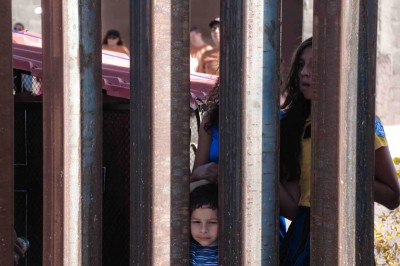
Ironically, Rafael came into the center on the same morning that President Obama announced a new executive order allowing young undocumented immigrants to apply for a deferral of deportation and work permit. I asked Rafael if he had heard the news, and he said he hadn’t.
We looked at the requirements for the program together, and discovered that he would have qualified, were it not for the stipulation that immigrants must have been physically present in the United States on the day of the announcement. With a deportation fresh on his record, his application would almost certainly be rejected.
In spite of this, Rafael said that he had to get back to his family in the U.S. Rather than risking his life in the harsh Arizona desert again, he hoped to get fake documents which would allow him to go through the border crossing.
“I don’t have any other choice,” he said. “I wish I did.”
For Ana, going home means getting a subsidized bus ticket from the Mexican government. Once she arrives in Oaxaca, she doesn’t know how she’s going to make ends meet, especially after the fees she still owes to her guide for the failed attempt to cross the border. Though the thought of seeing her daughter brings a smile to her face, Ana holds back tears as she considers her options.
“I don’t know what to do,” she said. “I don’t know what to do.”
*Name has been changed to protect sources’ safety.

